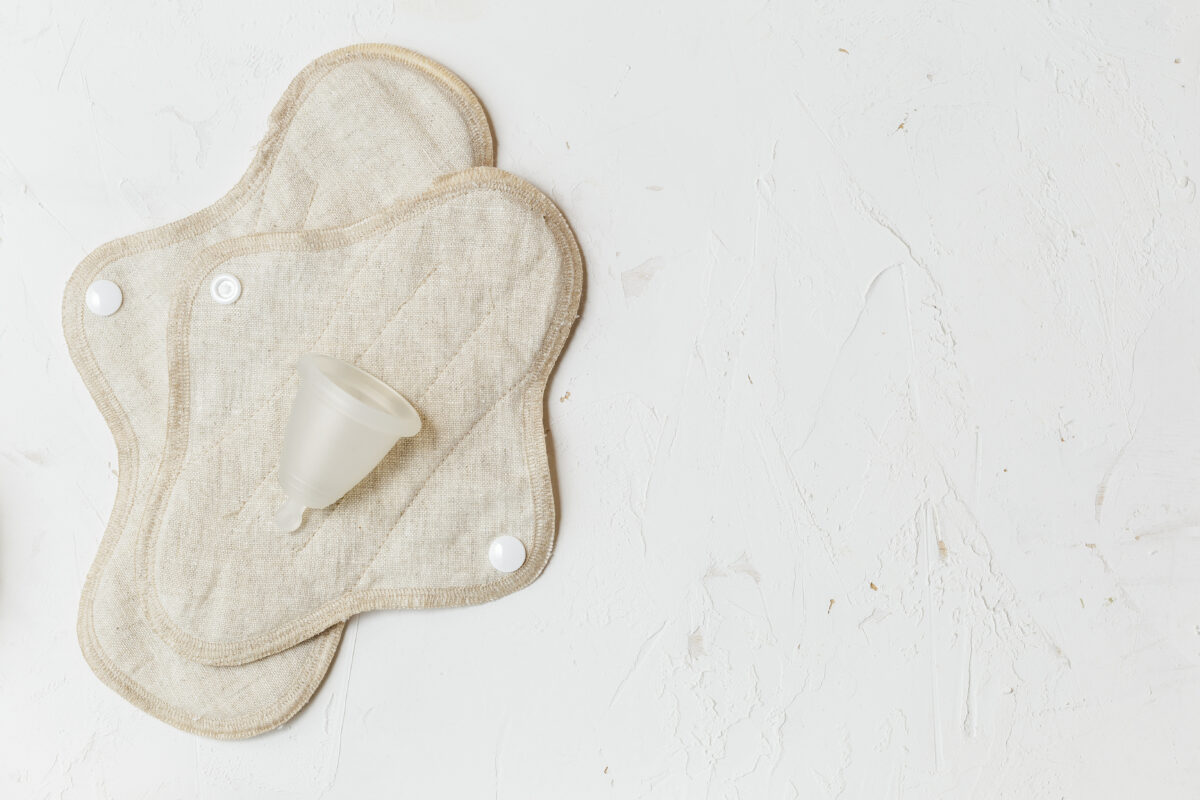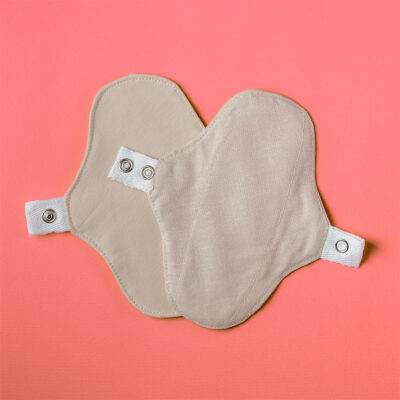Each of us knows that every month the wet season does make it rain, after all. And more than half of humanity every month experiences pain and discomfort, which means that the body is healthy and able to give birth. Along with physiological features, there is another integral (seemingly) factor – waste. Each cycle, we use more than ten different disposable menstrual products, which after use are thrown in the garbage or, which is worse, flushed down the drain, and your pad will travel more than you do.
What if I tell you that this is not ok? Did you know that there are products that will not only make your period more comfortable and safer, but also will not harm the environment?
Intriguing? Then make yourself comfortable – now there will be a longread about the cycles: How to minimize your period waste but feel comfortable at the same time?
Before we move on to the description of reusable menstrual products, I’d like to tell you that disposable pads and tampons are harmful to both you and nature. The following data are the result of a study conducted by Zero Waste Europe and Break Free From Plastic. You can read the full version of the report following the link.
Here are some figures that prove the negative impact of the use of disposable menstrual hygiene products on health and the environment:
- Most conventional disposable pads are made up to 90% plastic.
- Synthetic fragrances that are added to disposable pads can contain up to 3,900 chemicals (styrole, chloromethane, chloroethane, chloroform, acetone and others); some of these substances are carcinogens, neurotoxins, can cause irritation, disorders of hormonal and reproductive systems.
- In 28 EU countries in 2017, about 50 billion units of disposable menstrual hygiene products were used, which amounts to around 590,000 tons of waste per year.
- 4% of the total amount of household waste is waste from the used menstrual hygiene products, baby diapers and wet wipes.
- In the 28 EU countries 87.4% of used disposable menstrual hygiene products, used baby diapers and used wet wipes end up in landfill and the rest 12.6% are incinerated.
- An average woman generates 5.3 kg of CO2 emissions while using the disposable menstrual products for a year. That is, 245,000 tons of CO2 emissions per year are generated from the disposable menstrual products in the EU.
Now think about whether things that contribute to climate change, pollute the environment and are not biodegradable are harmful to our body? Of course they are. Therefore, I offer several alternatives below.
By the way, reusable alternatives also help to save money: If you count the amounts we spend on pads and tampons per year, a one-time investment in reusable products will pay off very soon.
Disclaimer: Before choosing any products that you will use during menstruation, I advise you to consult a doctor.
Menstrual cup
It deserves an Oscar. Honestly ☺ This is the most comfortable product that can be used during period. The menstrual cup, as the name implies, is a small cup-shaped reservoir that is to be inserted to a small depth into the vagina, where it collects menstrual blood. The cup shall be kept inside the vagina for a maximum of 8 hours (this is what the manufacturer says, but doctors recommend changing the cup at least once every 3-4 hours). The cups are made of medical grade silicone. Before and after the cycle, the cup should be sterilized (boiled), and during the cycle it is recommended to wash it with hot water with hypoallergenic soap, or use an antiseptic. If you empty the cup regularly and use the one that fits you well – you’ll reduce the chance of leaks. You can use) reusable panty liners) to be on the safe side. The prices for cups vary depending on their quality.
We won’t suggest buying this kind of intimate product on AliExpress since it’s a matter of your comfort and health.
Recommendations for cup selection vary. Some manufacturers recommend picking out cups according to size: S for those who have not given birth, and L for those who have given birth. Others pay attention to firmness: for those who play sports and are more active, stiffer cups are recommended, for a less active lifestyle – the softer ones. And I have recently discovered another hint: smaller cups are recommended for days with light flow, larger cups – when the flow is heavier.
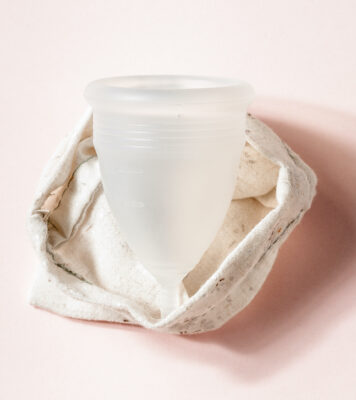
Reusable pads
They are as much as possible similar to their disposable mates: they have a main part that absorbs blood, and wings that fix the pad on the underwear (fasten up). The only but significant difference is that they are reusable. After use, they should be rinsed well with cold water, washed in a washing machine, dried and can be used again. Sensitive issue: is there any smell? No, there’s not, if you change them on time (depending on the flow). Is there a risk of leakage? Yes, there is, so we must also take into account the flow.
There are daily, night and regular pads. The pads are also made of different materials – cotton, wool, linen – and, in most cases, they have a layer of waterproof membrane that protects against the leaks.
Menstrual panties
Probably one of the most convenient inventions of mankind. If the cup is a tool that is comfortable and familiar not to everyone, menstrual panties are the most favorable solution. The only downside is their price: high quality panties are not cheap, but once you purchase them, you will have peace of mind for the next 3-5 years. It is also recommended to have several exchangeable pairs, especially in the first days, when the flow is heavy. You can change them once or twice a day, but if you are on the go or at work, you can keep them in waterproof bags/pouches (a la rain wear fabric). There is no smell. Period panties are designed to prevent any leaks or staining. They also come in a variety of absorbency levels.
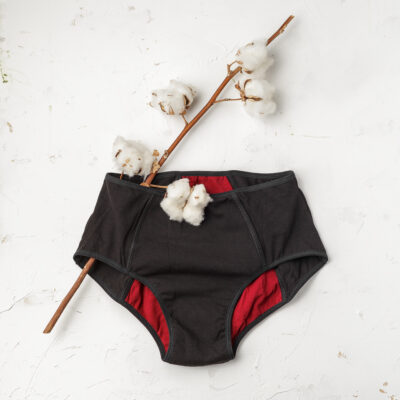
There is an opinion that reusable pads and panties are at most antisanitary and a seed bed of everything possible (sic!). Everyone has a right to their own opinion. However I truly believe that reusable eco-swaps for tampons and pads (if properly cared for) is better solution in any case: reusable alternatives are environmental-friendly, they’re really good economical option, and last but not least as comfy as the regular ones.
The proof of this is the incidence of toxic shock syndrome (TSS).
It is observed quite often since the 80th of the last century in women who uses tampons, on the contrary, TSS was recorded only once(!) after using the cap in the last 25 years.
Only you, yes, you, who is on the other side of the screen, make the choice. And I’m just giving you the options ☺ That’s why I wish you a comfortable and eco-friendly period.
You can read and watch more regarding eco-friendly period in a special section on the homepage.
There is a list of reusable eco-swaps, translation of the study and some interesting facts. Maybe we’ll add more information on this topic later. Stay tuned!
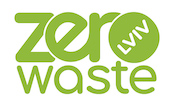

 UA
UA